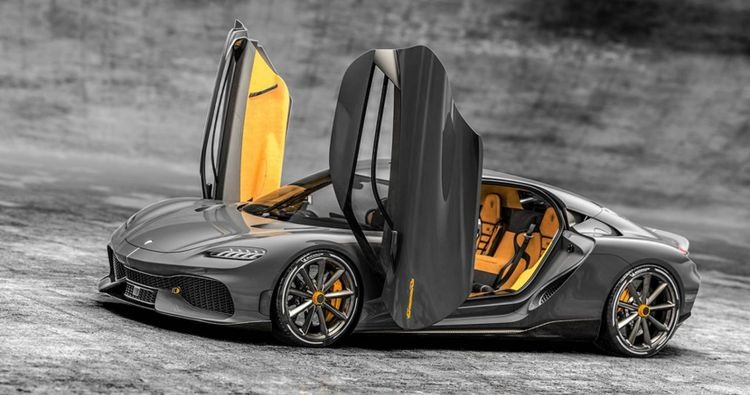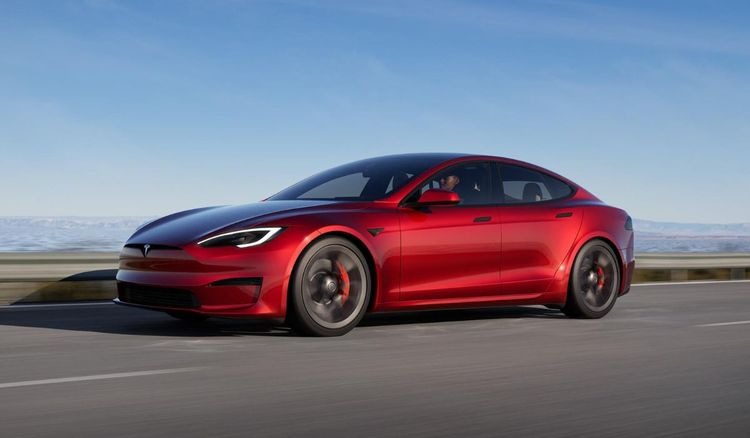
Is Freevalve dead? Can the engine technology survive the EV onslaught? Honestly, there are enough reasons that question its mainstream adoption.

Engine technology has and always will fascinate us enthusiasts. Mazda’s Skyactiv X is a great example, as is GMA’s Cosworth-supplied naturally aspirated V12. Mind you, these are the latest and most recent entrants in the world of cutting-edge automotive inventions. But, if you rewind back to 2015, Koenigsegg unveiled Freevalve, the company’s idea of a camless engine, and another groundbreaking feat of engineering.
Touted as the next best thing, Freevalve was all the rage around that time, with several automotive experts praising the engine technology. The tech made its debut in the Qoros 3 hatchback in 2016, although the Chinese automotive company never pushed the idea beyond the concept phase. But a few years later, we got confirmation about Freevalve’s arrival after the 2020 reveal of the Koenigsegg Gemera.

While the four-seater hypercar is nothing short of an engineering masterstroke, what fascinates us is the promise of its camless engine. However, it’s been many years since the announcement, and the excitement seems to have dulled down. Why is that the case? Is Freevalve dead? Can the technology survive the EV onslaught? Before we answer these questions, let’s understand how Freevalve works and discuss its pros and cons.
Koenigsegg Freevalve Technology Explainedvia Freevalve
Traditional combustion engines always had to make a compromise based on engine speed. Engines that are designed to perform under high RPMs usually have choppy idling and poor low-end performance. Or in other words, they feel lethargic in the low-RPM band. It also works the other way around, meaning engines designed for low-speed use underperform or struggle at high RPMs.

This disparity is due to the use of a physical camshaft, which decides when, how much, and how long each valve should stay open. As you can tell, the traditional system isn’t all that efficient. This is where camless engines step in. Koenigsegg’s Freevalve technology uses electro-hydraulic-pneumatic actuators to offer independent control of the intake and exhaust valves in an internal combustion engine. Thus, overcoming the disadvantages of a traditional camshaft-driven engine.
Via: Freevalve
Freevalve is by no means the first to develop a solenoid-actuated valve system in the world. According to the company, “While the fully variable valve actuation concept has been widely tested, no manufacturer has been able to implement it in large-scale production due to various technical problems.” Freevalve intends to circumvent the cost and packing limitations, opening up the technology to mainstream adoption.
Pros And Cons Of A Freevalve EngineVia: Freevalve
There are advantages to employing a Freevalve camless engine. Some of the more obvious ones are increased volumetric efficiency and little to no valve overlap. Engines using Freevalve are supposedly 50 percent smaller, 30 percent lighter, consume 30 percent less fuel, and offer 50 percent fewer emissions.
However, if we dive deeper, we’ll understand that the tech allows for 100 percent scavenging at all speeds and loads. Another benefit is the utilization of intake runner inertia at all RPMs. Also, not having a traditional throttle body allows engine metrics to be fine-tuned to degrees previously thought unimaginable.
Additionally, Freevalve reduces knock even with high compression ratios. In more commercial applications, heavy-duty diesel engines can run without exhaust brake and use flex fuel to a degree not seen before. Interestingly, Freevalve also allows the use of Turbo without requiring a traditional wastegate.
Via Koenigsegg
Perhaps the most important aspect of Freevalve technology is optimized performance settings based on learned driver behavior. In other words, Freevalve will leverage artificial intelligence to learn driving behaviors and optimize the valve timing parameters to match the driving conditions in real time.
As for cons, Freevalve is still pretty much a concept, and we are yet to see actual numbers surface. Also, variable valve timing, a technology that’s widely in use, can achieve most of Freevalve’s claims, sometimes bettering the tech itself. For instance, a 2023 GR Corolla makes 300 horsepower from its turbocharged three-cylinder engine, which is almost 30 percent more than the Freevalve-equipped Qoros 3 hatchback and its 230 horsepower 1.6L three-cylinder engine. That’s using technology we already have.
Koenigsegg’s Freevalve Is Shaping Up To Be A Vanity Project
Okay, so the technology isn’t that big of a deal judging by the cons. But wait, what about the Gemera’s Tiny Friendly Giant (TFG) 2.0L three-cylinder motor that puts out 600 horsepower? Surely that’s Freevalve doing its thing. Well, the statement holds true only to a certain extent. You see, the TFG engine has an 8,500 RPM redline and employs two turbochargers running 30 PSI (2 Bar) of boost.
Any Honda engine with that kind of boost pressure and redline could theoretically produce close to 600 horsepower, at least that’s what YouTuber Driving 4 Answers reckons. It’s not like Freevalve doesn’t have advantages. But the question is, are the incremental performance and emissions gains worth the time, money, and effort for a mainstream OEM? We don’t think so.
Koenigsegg
For a boutique manufacturer like Koenigsegg, investing in the technology makes sense. After all, it’s a unique selling point. Don’t get us wrong, we love Koenigsegg and what the company does. Nobody pushes the limits of performance and engineering like Koenigsegg. The Jesko’s trick Lightspeed transmission and the CC850’s complex three-pedal automatic/manual gearbox are astonishing engineering achievements.
But Freevalve may not be that significant, especially as a mainstream reality. It seems like the technology is a novelty item that million-dollar Koenigseggs can use in the future. We are also surprised that the technology did not find its way into the Koenigsegg Jesko, which is technically a product developed around the same time as the Gemera.
Freevalve May Not Make Sense In Today’s EV WorldTesla
Another thing to consider is that a lot of OEMs are shifting their focus to electric vehicles. EVs are hailed as the future, so spending on an ICE tech that could become obsolete in the coming years does not make a lot of financial sense. Of course, the counter-argument would be that internal combustion engines will remain in service for quite some time.
We have already seen the EU making exceptions to allow synthetic fuel-powered vehicles to continue production even after 2035. You could argue that Freevalve offers decent emissions gains, which could prove useful in the coming years. That said, automakers are already invested heavily in low-emissions strategies and are looking to reduce their carbon footprint through accelerated EV production and sustainable manufacturing.
Via Koenigsegg
Overall, we’d love to see Freevalve hit the roads. We already know it works, thanks to this wrenching hero and his Mazda Miata. The Koenigsegg Gemera is an absolute powerhouse and, without doubt, a true engineering marvel. No wonder the thing is sold out.
Freevalve technology has genuine upsides, but along with that, there are quite a few limitations, especially given how things have progressed since the public reveal of Freevalve. Existing technology can do about 90% of what Freevalve can. Honestly, we take a lot of the stuff we have for granted and progress like this shows how much we have achieved over the years since the inception of the first internal combustion engine.





